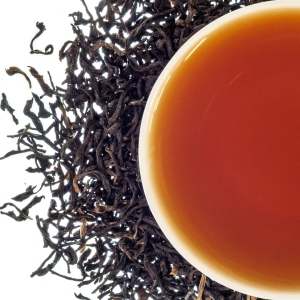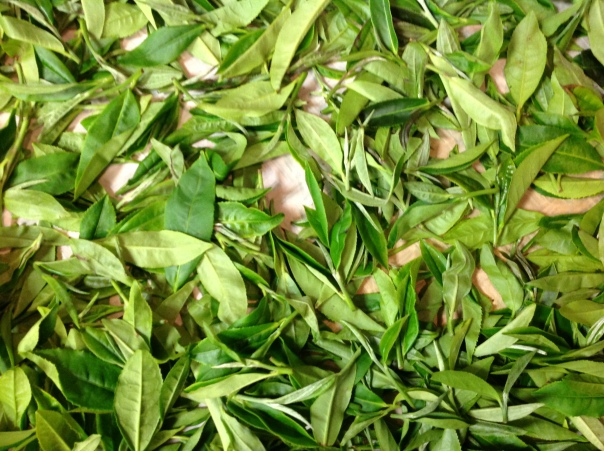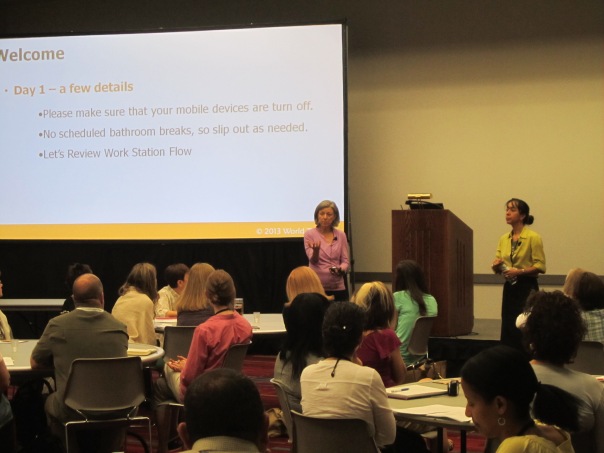Blog Archives
We’re Drowning in New Teas
This is the time of year when our big shipments of teas arrive by sea from China, India, and Sri Lanka. Remember, tea is an agricultural crop and, for the most part, follows the seasons. With some exceptions, most tea production areas have wound down production for the year.
We have made many of our buying decisions from this year’s offerings. And we have a whole bunch of wonderful new teas to entice. We have some teas from one of the smallest family tea farms in India, also unheard of teas from Taiwan, and a new Sencha from Japan, and much more.
We’re excited to offer two exotic teas from the Doke Estate, the Black Fusion and the Green Diamond. The Doke Tea Estate is one of the newest and smallest tea gardens in India. I had the pleasure of visiting this tea estate and its founder, Rajiv Lochan (a life-long tea expert, who managed many of Darjeeling’s most famous tea estates). This estate, as it was made clear to me during my travels to India, is driven by passion and a generation-spanning love of tea. They are producing some of the most unique and special teas coming out of India.

All the teas are hand-processed in very small batches at the Doke Estate, supervised by Rajiv’s daughter Dolly Lochan (on the right), using family and local villagers to help.
Also hailing from India, we have welcomed a handful of new Assams. The tea growing region of Assam, in the far east of India, is known for producing heavy, thick, hearty black teas with a distinctive malty note to the flavor. While in India this spring, I was able to observe a tea auction in Assam. This tradition is over 100 years old, but has morphed into the digital/virtual age. If Assams are your “cup of tea”, you must check these out!
- Assam, Dinjoye Estate, 2nd Flush, TGFOP1
- Assam, Doomini Estate, 2nd Flush, TGFOP1
- Assam, Halmari Estate, 2nd Flush, TGFOP1
- Assam, Khagorijan Estate, 2nd Flush, FTGFOP1
- Assam, Khongea Estate, Special, TGFOP
One of the more unique teas on this recent shipment of teas: the Makaibari Estate, Silver Tips. I like to say that this tea is “historic.” This was the last tea produced at the Makaibari estate by the Bannerjee family; who founded this garden in 1859 and sold Makaibari in the summer of 2014. I was so fortunate to meet with the owner before the sale of the estate. And TeaSource is so fortunate to have such a remarkable tea available to its customers.
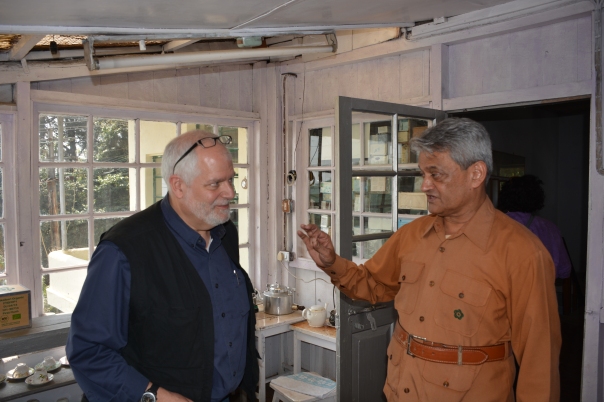
Listening to the vast knowledge of the (at the time) owner of the Makaibari Estate. There is always more to learn when it comes to tea.
What other new teas are here? (For a complete list, visit TeaSource’s website.)
- Darjeeling, Giddapahar Estate, 2nd Flush, Musk
- Darjeeling, Glenburn Estate, 2nd Flush, FTGFOP1
- Darjeeling, Jungpana Estate, 2nd Flush, FTGFOP1
- Darjeeling, Longview Estate, 2nd Flush, TGFBOP
- 1999 Sheng Puer
- Gunpowder Oolong
- Darjeeling, Goomtee Estate, Green Wonder
- Sencha #20
One more thing: we are expecting a shipment of eight pallets of tea from China. A handful of new teas will be arriving any day! Of course, we will let you know as soon as they are released. What’s the best way to keep in touch with our retail/online store happenings? Follow us on Facebook or Twitter.
I hope you enjoy these new teas! I know I am.
–Bill Waddington
Owner, TeaSource
Oolong Way from Home: TeaSource Hits the Road
This past Saturday, March 1st, was the first class in a 3-part series that I’m conducting for Urban Olive & Vine, a TeaSource wholesale customer in Hudson, WI, not too far from the Twin Cities. This first class was on Oolong teas, while the remaining two this Saturday, March 8th and the following Saturday, March 15th will cover Green tea and Black tea respectively.
 As wholesale manager, most of the interactions I have with customers take place by email or phone, so I am always excited to step out of the office for a few hours to conduct classes like this. Usually, my audience consists of the staff at businesses who sell tea they purchase from TeaSource, though occasionally I also speak to customers of those businesses. This series of classes at Urban Olive & Vine are the latter.
As wholesale manager, most of the interactions I have with customers take place by email or phone, so I am always excited to step out of the office for a few hours to conduct classes like this. Usually, my audience consists of the staff at businesses who sell tea they purchase from TeaSource, though occasionally I also speak to customers of those businesses. This series of classes at Urban Olive & Vine are the latter.
We set up in the beautiful back room of Urban Olive & Vine where there is seating and a small bar, which meant we were slightly isolated from the main business bustling in the front of the store. About 8 Urban Olive & Vine customers came to indulge my geeky excitement about everything from cultivars to legends to flavor profiles.
 Classes like this always get me energized, and not just because we drink so much tea! I love watching people get excited about the new flavors they’re tasting and what they’re learning. Especially toward the end of the class I could see people who had been strangers before the class becoming comfortable with one another and discussing which teas were their favorites. We tried 7 teas ranging from the very light and floral Pouchong Extra Fancy to the roasted, toasty Longevity Oolong, which meant there was a lot to discuss! While everyone had a favorite, the favorites were as varied as the people attending.
Classes like this always get me energized, and not just because we drink so much tea! I love watching people get excited about the new flavors they’re tasting and what they’re learning. Especially toward the end of the class I could see people who had been strangers before the class becoming comfortable with one another and discussing which teas were their favorites. We tried 7 teas ranging from the very light and floral Pouchong Extra Fancy to the roasted, toasty Longevity Oolong, which meant there was a lot to discuss! While everyone had a favorite, the favorites were as varied as the people attending.
Classes like this are one of my favorite parts of my job, so I’m looking forward to the next two classes coming up this weekend and the next. Each of these classes will include tasting approximately 7 teas and discussions of cultivars, styles, and processing. Classes begin at 9am and will run about an hour and a half. Interested in attending? Each session is $15 and you can sign up by visiting Urban Olive & Vine’s website here.
Are you a wholesale customer interested in tea training for your staff or a class for your customers? Please contact Timothy to discuss details!
In addition to classes like this, please check out TeaSource’s list of upcoming classes and events. We’re constantly adding new events!
-Timothy Otte
TeaSource Manager
They said we were crazy… with good reason.
Manufacturing tea is an art, it’s poetry in motion, it’s farmer-chef-craftsman-mechanic-chemist, all melded together.
A few weeks ago, I did it in a conference room in Atlanta, GA.
And “they” were right, even trying this was crazy… but, son-of-a-gun, the teas actually turned out pretty good. You can come to TeaSource Eden Prairie on Sunday, December 8th from Noon-2p and taste them for yourself!
In late October, I co-presented a workshop to tea professionals at the World Tea East Exhibition in Atlanta, GA. This workshop was called Processing Tea: An Experiential Workshop.
The idea was we would fly in just plucked tea leaves from Hawaii by Overnight Air. Then over the two days of the workshop, using these fresh tea leaves we (along with the class attendees) would manufacture: white, green, yellow, oolong, and black tea.
I presented this class with Donna Fellman of the World Tea Academy (part of World Tea Media). Donna and World Tea Media deserve tremendous credit for taking a huge chance, putting up the cash necessary, and providing all the support possible. Donna is one of the world’s great tea educators. For the record, this was the third time we did this class.
In this blog, over the next few posts, I am going to tell the story of what happened.
In Hawaii, Eva Stone, proprietor of Tea Hawaii & Co., supplied us with fresh plucked tea leaves.
Based on experience, Donna has developed a system of packing and layering and insulating the tea leaves using dry ice and coolers: so that when we unpacked the tea leaves in Atlanta, they looked like they had been plucked off the bush about three hours before.

Take a look at those leaves. This is what tea leaves look like, a few hours after being plucked. A relatively small amount of withering has taken place, so the leaf gets kind of floppy (I try to avoid the word flaccid). This also happens as the leaves come in from the fields to the factories. In our case, the withering took place on the FedEx plane ride, but this withering was slowed down considerably by the packing and dry ice. The leaves arrived pretty much ready for the first step in manufacture.
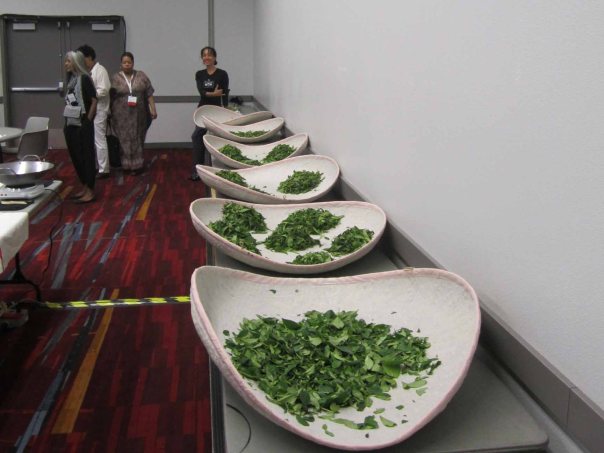
More tea leaves laid out, ready for manufacture: loosely organized into piles for white, green, yellow, oolong, and black tea.
During two, three-hour workshops, over each of the next two days, we were going to try to mimic what happens at a tea factory, as the freshly plucked tea leaves are brought in from the field. By definition, this is kinda crazy.
We weren’t in a tea factory—we were in a conference room at a convention center.
We were going to try to make five different types of tea: all in the same room, at the same time.
We didn’t have any of the equipment available at a tea factory.
The climate was totally wrong and uncontrollable (we were battling hotel-level air conditioning).
And most importantly we are NOT tea manufacturing experts. Donna’s a great communicator, and I’m just a tea merchant. They were right, this was crazy—who the heck did we think we were ???
But we were determined to try and manufacture by hand all categories of tea: except for Dark Tea & Puer — I admit it, we chickened out on this — maybe next year.
And not only were we going to manufacture these teas, we were also going to demonstrate and teach others how these teas are processed.
Over the next few posts I will show and tell details about processing all five of these teas. The bottom line is, the class worked. And on Sunday, December 8th from Noon until 2:00pm at our Eden Prairie TeaSource we will be steeping and sampling all five of these teas we made. I should note there is not much of each tea, so when we run out (and we will) that’s it.
This is almost a once in a lifetime experience, especially if you are unlikely to ever visit an actual tea estate. Also, I will be there just to talk about tea, answer tea questions, and chat about all things camellia sinensis. Stop by if you get the chance.
Bill Waddington
